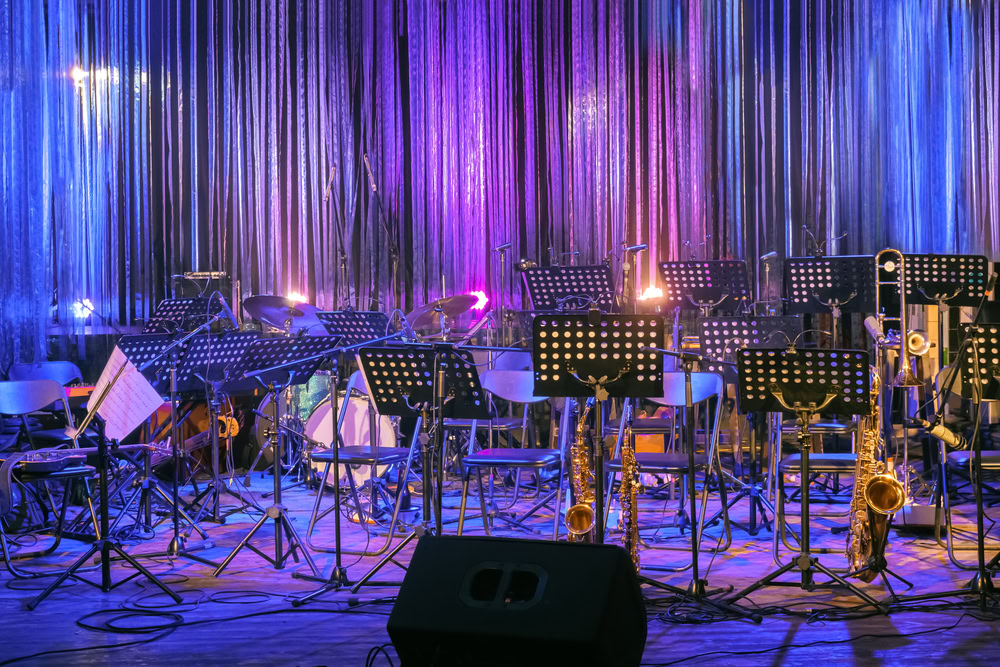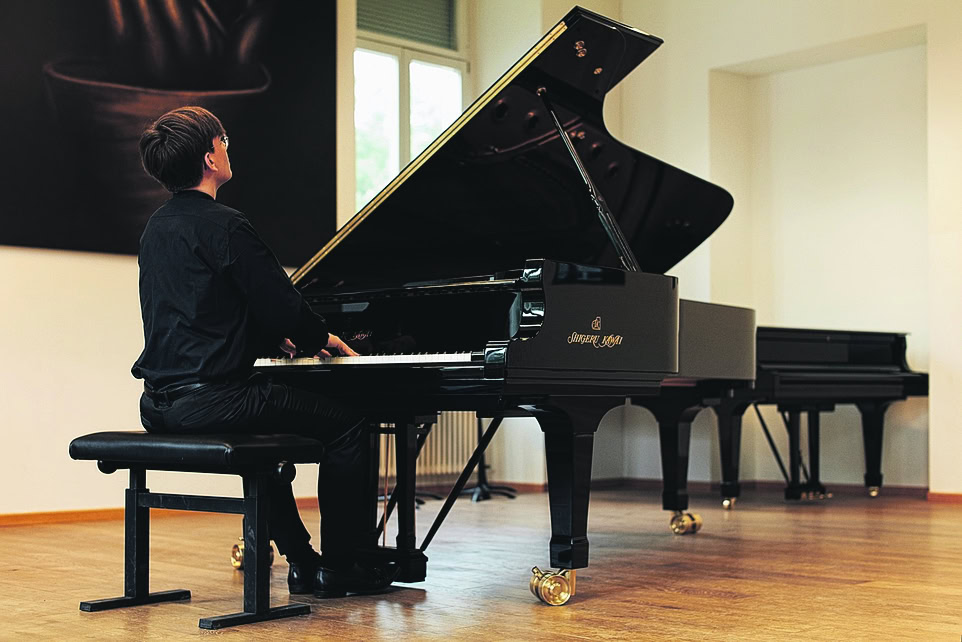Wind instruments - musicians under stress
The demands on the lungs and musicians are high when using wind instruments. However, when played correctly, they are healthy for body and soul.

Wind players are highly trained musicians. They produce the finest art on their instrument with maximum physical effort. In doing so, they exemplify the unity of body and soul on a daily basis. When we talk about pressure, flow and coordination in the following, we should not forget that most problems in the pneumology consultation for musicians concern breathing and not simply the lungs. The physical parameters are important, but they do not fully describe breathing. Even more than in sport, music requires the use of the soul. It often has a disruptive effect after accidents, in cases of excessive demands, anxiety, exhaustion or overuse. This is why medical practitioners work closely with professions that focus on the emotional or mental function of breathing.
Every healthy person is capable of blowing. They can blow out a candle or blow up a dandelion. You create pressure through the exhalation muscles (chest) while stabilizing the inhalation muscles (diaphragm) and control the pressure and flow in the throat/larynx. Singers already form the notes (vibrations) here, trumpeters a little later with the lips and woodwind players in the reed or pipe. So it would be quite simple. However, the art form demands virtuosity and therefore top performance.
Frequent inquiries confirm that knowledge of technical data is useful. The average pressure is described in millimeters of mercury (mmHg) and is about 5 mmHg when whistling, 10 mmHg when speaking, 20 mmHg when blowing out a candle (at 50 cm) and 60 mmHg when blowing up a balloon. The flute requires a minimum blowing pressure of 0.5 mmHg (average pressure 1-6 mmHg), while the oboe requires 28 mmHg (average pressure 30-48 mmHg). The oboe requires a maximum flow rate of around 150 ml/s (milliliters per second), whereas the flute requires 612 ml/s. The tuba, on the other hand, demands 1700 ml/s from the musician. The maximum blowing pressure for the C trumpet is 120-130 mmHg and for the piccolo trumpet even 170-180 mmHg. The blowing pressure increases depending on the volume and frequency of the notes produced.
Can small children play the trumpet? Yes! Because at 7 mmHg (minimum blowing pressure) a sound is already produced and on average 13-42 mmHg is enough to make simple but beautiful music. So nobody will forbid the child to blow out the candle (60 mmHg). But if you want to play symphonies by Mahler and Strauss or a Brandenburg Concerto or be the lead trumpet player in a big band, you will have to achieve the above-mentioned peak pressures. As all music teachers know, it is not the instrument but the literature and playing technique that are decisive.
In the 1960s, many data (including the above pressure values) were measured in several studies. Lung measurements in wind players/singers vs. healthy controls showed an average of 1 liter more total volume and ½ liter more first-second volume in young musicians than in non-musicians. However, this advantage was lost in 45- to 54-year-old musicians. The reason? Cigarette consumption canceled out all training.
Not all breathing is the same. Every yogi or meditator knows and lives this. You breathe differently when making music. Musicians breathe according to the music, according to phrases. They usually breathe out long and slowly and then quickly inhale the right amount of air for the next phrase at a suitable point. Think of the different flow rates of the instruments (see above). It becomes clear that a tuba player has to breathe differently to an oboist.
There are few illnesses or injuries to the respiratory organs that are caused by making music. As described at the beginning, breathing disorders often occur when body and soul are no longer in balance. By far the most common conditions we see in the consultation are lung diseases or injuries that interfere with music-making. It seems that the wind music teachers have done their job well.
Dr. med. Peter Jules Gerber, FCCP
Lung practice Bern West
Holenackerstrasse 85/B 04
3027 Berne
www.lungenpraxisbernwest.ch
Tel.: 031 992 55 56, Fax: 031 991 86 24
pj.gerber@hin.ch








